The 5 Most Important Safety Innovations for Cars Ever Made
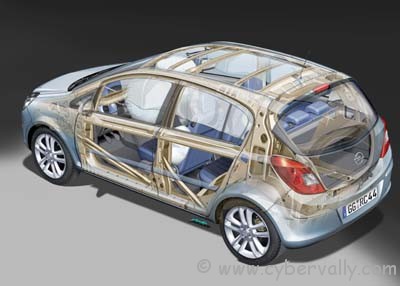
Through the years, car manufacturers have tried to make their vehicles as safe as possible. Without these important safety features, the roads would be a much more dangerous place for both passengers and drivers. However, out of every safety feature ever invented, these five are the most vital to vehicle and driver safety.
Five of the Most Important Safety Features Available in Cars Today
1. Seat belts:
While seat belts may be the simplest safety feature, they are also the most important. Seat belts were first designed, by George Cayley, in the 1800’s to keep pilots safe while flying. They weren’t installed in automobiles until the early 1900’s, and their use didn’t become mandatory until the late 1980’s.
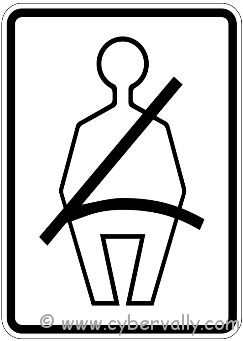
According to the National Highway Traffic Safety Administration, buckling up can reduce a person’s risk of sustaining an injury in a car accident by about 50%. Almost 17,000 lives could be saved each year if drivers and passengers would just wear their seat belt. The easiest way for drivers to protect themselves on the road is to take a second to fasten their seat belt and make sure that passengers also fasten theirs.
2. Airbags:
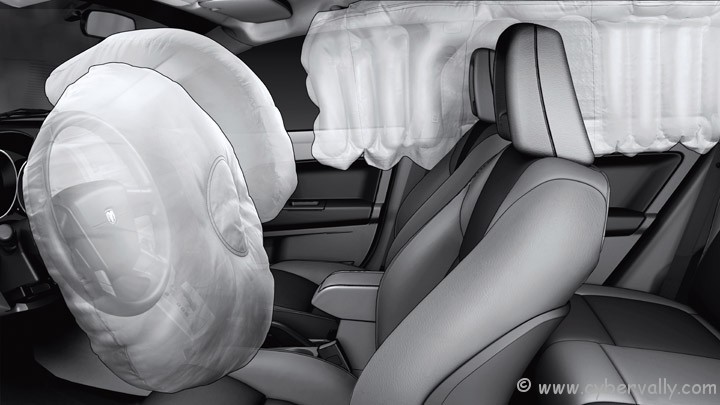
Airbags were first installed in cars in the 1970’s. In the early 1990’s they became standard in most vehicles. The majority of vehicles available today have at least two front airbags and many models are equipped with four or more. These devices will automatically deploy in a collision. They quickly fill with air and create a buffer between a person and the objects around them, which can save someone from becoming injured in an accident.
3. Anti-Lock Brakes:

Anti-lock brakes keep a vehicle’s brake system from locking up when a driver applies pressure to the brakes. If a person’s brakes were to lock up on a slippery surface, the driver could lose control of the vehicle and possibly get into an accident. Anti-lock brakes help keep drivers in control of their car, even in high pressure situations.
4. Automatic Tire Pressure Monitoring:
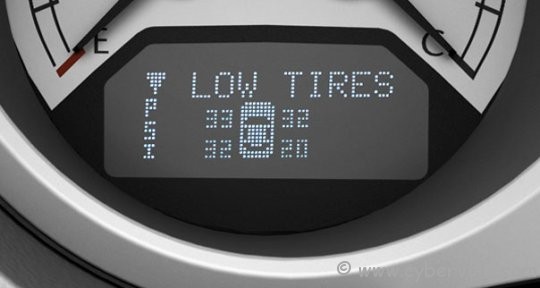
While drivers are supposed to check their tires each time they get in their car, most people don’t. Tire pressure monitoring systems let drivers know when their tires are low on pressure to avoid a potentially dangerous situation.
5. Electronic Stability Control:
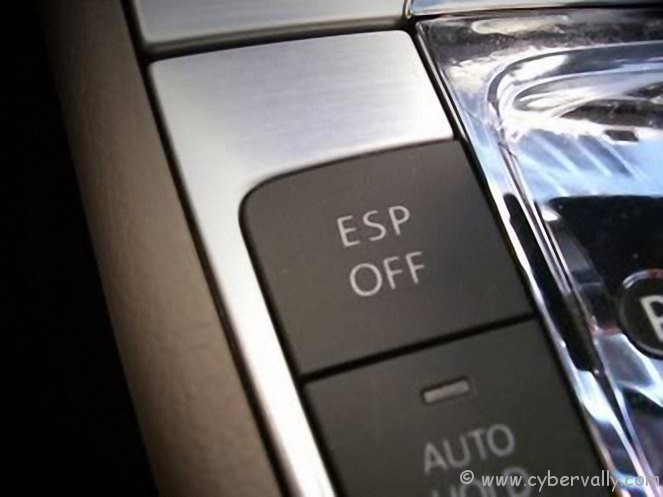
Also known as ESC, this feature actually senses when a car is beginning to skid and will apply the brakes to help the driver regain control of their vehicle. ESC is so effective that The Insurance Institute for Highway Safety estimates that around 10,000 fatal car accidents could be avoided every year if this feature were to be installed in each car on the road.
Â